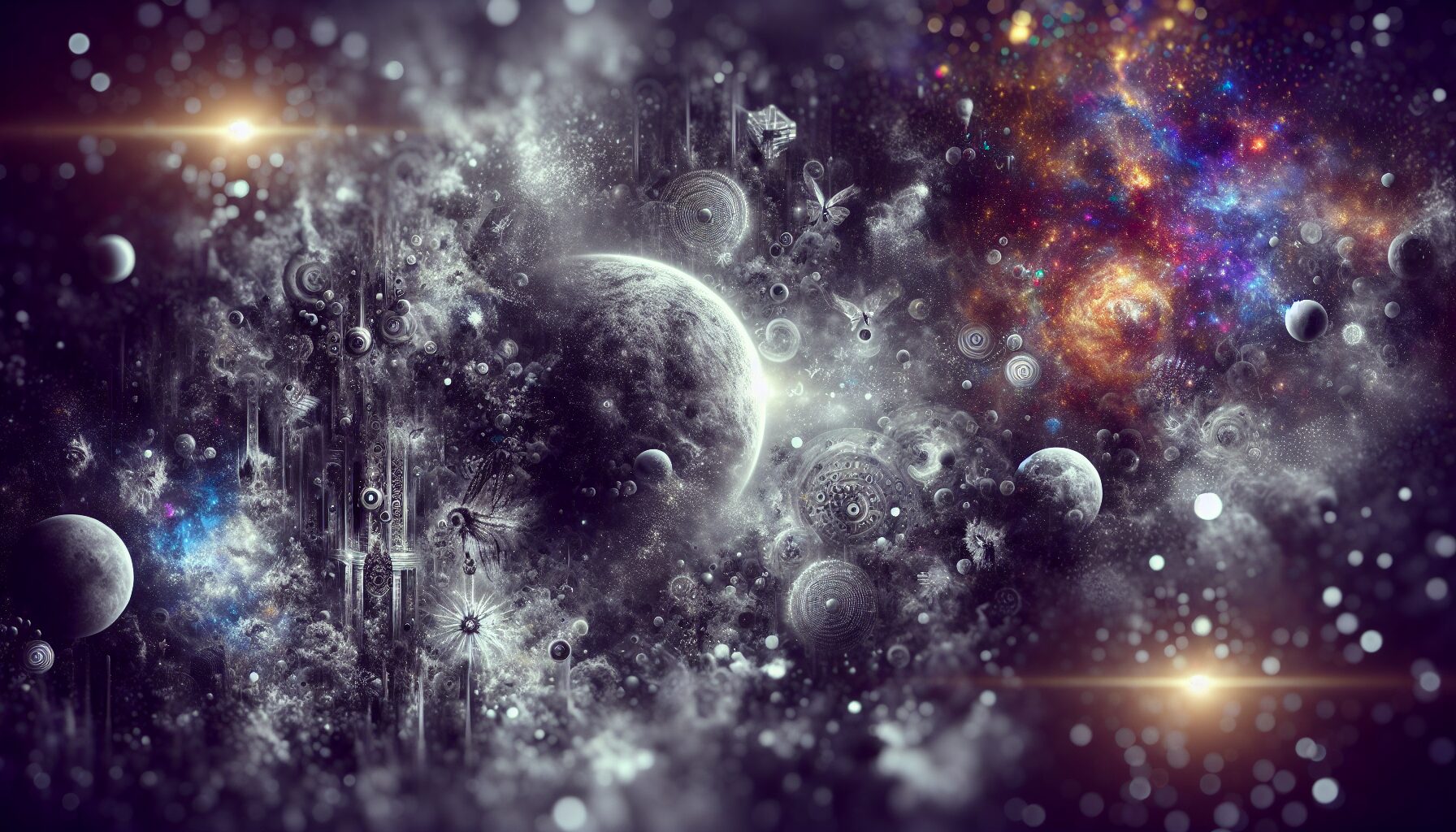The fabric of human civilization is woven with stories. These narratives are more than just strings of events; they are reflections of our deepest fears, desires, and aspirations. Beyond the noise of modern life exists an ancient world of archetypal stories, silent myths that continue to shape our collective consciousness. In this article, we will embark on a journey to rediscover these timeless tales and their enduring relevance.
Understanding Archetypes
Archetypes are universal symbols and motifs that emerge repeatedly across different cultures and epochs. Carl Jung, a pioneering figure in psychology, introduced the concept of archetypes in his theory of the collective unconscious. According to Jung, archetypes are “universal thought-forms or mental images that influence an individual’s feelings and action.” (Jungian Analyst) These timeless symbols manifest in myths, dreams, and art, forming a bridge between the personal and the universal.
“Who looks outside, dreams; who looks inside, awakes.” — Carl Jung
The Power of Myths
Myths serve as foundational narratives that help societies understand their world and themselves. While often dismissed as mere folklore or superstition, myths possess a potent symbolic power that transcends literal truth. Joseph Campbell, an eminent American mythologist, emphasized the transformative nature of myths in his seminal work, The Hero with a Thousand Faces. Campbell argued that, “Myths are public dreams, dreams are private myths.” (Joseph Campbell Foundation) Through these tales, individuals can navigate life’s journey, confronting challenges and achieving growth.
Rediscovering the Archetypal Stories
- The Hero’s Journey – Perhaps the most recognizable archetypal pattern, the Hero’s Journey is a narrative template seen in countless stories across cultures. This journey entails a hero leaving the ordinary world, venturing into the unknown, facing trials, and ultimately returning transformed. As Campbell outlines, the journey speaks to an intrinsic desire for adventure and transformation.
- The Great Mother – The Great Mother is a potent archetype symbolizing birth, fertility, and creation. This figure can be nurturing or destructive, embodying complex, dualistic aspects of nature. Profound examples appear in the forms of Gaia in Greek mythology and Isis in Egyptian lore.
- The Shadow – The Shadow represents the darker aspects of the psyche, embodying chaos and conflict. This archetype demands confrontation with one’s fears and imperfections. A prominent illustration is found in the figure of Loki in Norse mythology, a trickster whose actions reveal the hidden truths of characters around him.
- The Wise Old Man – This archetype embodies wisdom, knowledge, and guidance, appearing in figures such as Merlin from Arthurian legends or Odin from Norse mythology. As mentors, these characters aid heroes in achieving enlightenment and self-discovery.
Contemporary Reflections of Ancient Myths
Archetypal stories have not faded into the annals of history; they continue to manifest in contemporary media. The cinematic universes of Star Wars and The Lord of the Rings draw deeply from the well of archetypes, weaving modern narratives that resonate with age-old myths. Similarly, the digital age has seen a resurgence of interest in myths, as audiences seek meaningful connections beyond fragmented modernity.
In his book The Power of Myth, Campbell elucidates that contemporary stories fulfilling mythic functions help individuals understand their lives’ place and purpose. As technology evolves, digital storytelling offers dynamic platforms for reinterpreting myths, allowing audiences to interact with these narratives in new and meaningful ways.
The Enduring Relevance of Silent Myths
As we navigate an increasingly unpredictable world, the silent myths that informed our ancestors hold more value than ever. They remind us of our shared humanity, offering frameworks for understanding personal experiences within a broader, collective context. These enduring stories provide solace, insight, and above all, the hope that every individual’s journey contributes to the greater tapestry of life.
“The privilege of a lifetime is to become who you truly are.” — Carl Jung
In rediscovering and retelling these archetypal stories, we not only preserve cultural wisdom but also open pathways for new interpretations and transformations, keeping the silent myths alive for future generations to inherit.
In conclusion, the exploration of silent myths and archetypal stories unveils the core of our collective psyche. While technology and societal structure evolve, the fundamental narratives of heroes, shadows, and mentors remain constant, inviting us to peer into the depths of our shared humanity. By embracing these timeless tales, we acknowledge the shadows of the past while lighting the way for the myths of the future.

Comments